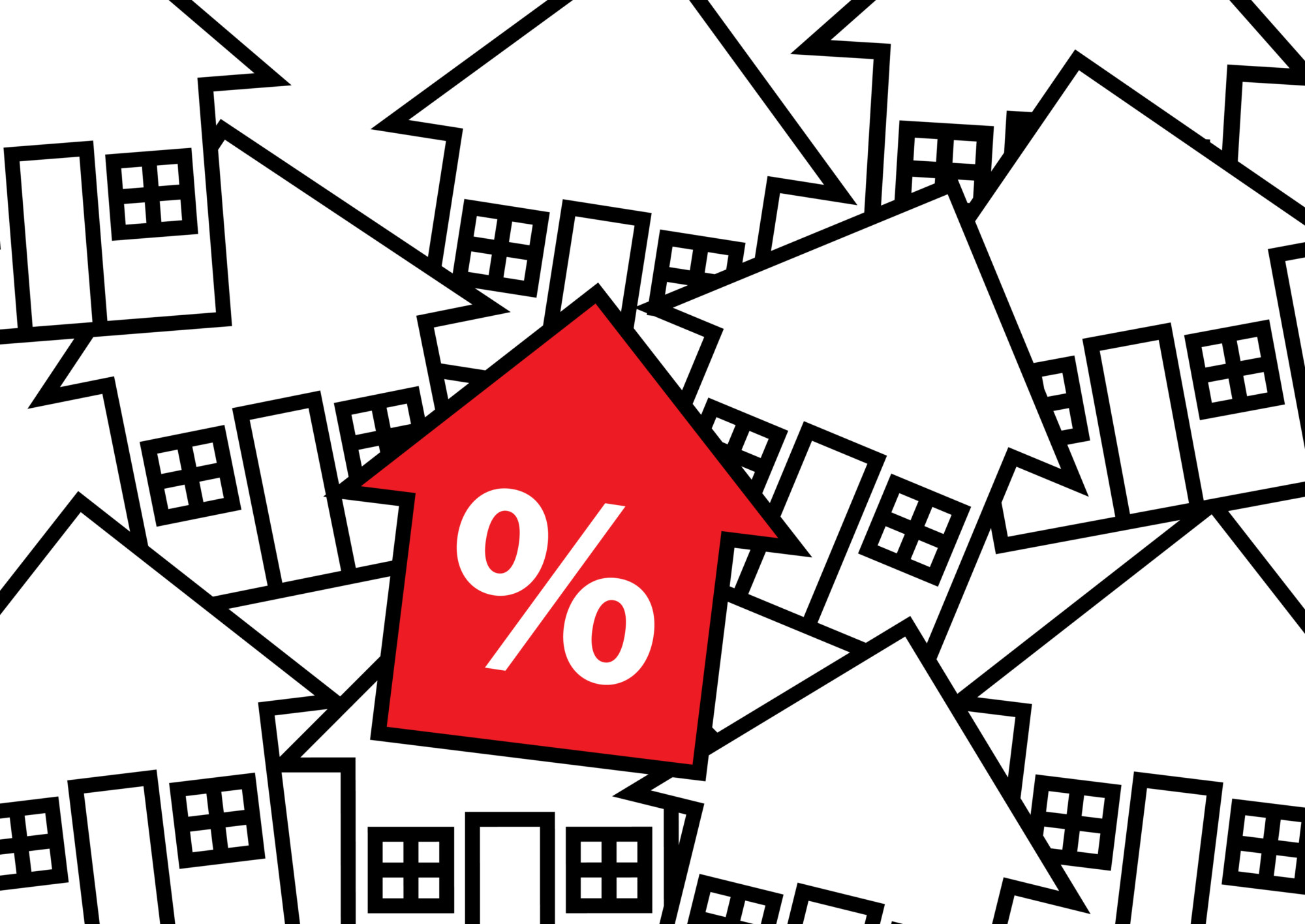Table of Contents Show
When financing a home purchase, borrowers have several options available to them. One such option is an Adjustable Rate Mortgage (ARM). Unlike a fixed-rate mortgage, an adjustable-rate mortgage offers an interest rate that fluctuates over time. This comprehensive guide aims to provide a detailed understanding of adjustable rate mortgages, their characteristics, advantages, considerations, and factors to evaluate before choosing this type of loan. Additionally, we will explore the pros and cons of adjustable-rate mortgages to help borrowers make informed decisions.
What is an Adjustable Rate Mortgage?What is an Adjustable Rate Mortgage?
An adjustable-rate mortgage, commonly called an ARM, is a mortgage loan whose interest rate is subject to periodic adjustments. Unlike a fixed-rate mortgage, where the interest rate remains constant throughout the loan term, an ARM’s interest rate can change at specific intervals, typically annually or every few years. These adjustments are based on an underlying financial index, such as the U.S. Treasury bill or London Interbank Offered Rate (LIBOR).
Characteristics of Adjustable Rate MortgagesCharacteristics of Adjustable Rate Mortgages
Initial Fixed Rate Period:Initial Fixed Rate Period:
Most adjustable-rate mortgages begin with an initial fixed-rate period. The interest rate remains fixed and predictable during this period, typically three to ten years. After the initial fixed-rate period ends, the loan transitions into an adjustable-rate phase.
Adjustment Period and Index:Adjustment Period and Index:
Once the initial fixed-rate period concludes, the adjustment period begins. This is the interval in which the interest rate can change. Adjustment periods are usually one year, three years, five years, or seven years. The interest rate adjustments are tied to a specific financial index reflecting prevailing market conditions.
Margin:Margin:
In addition to the index, adjustable-rate mortgages have a predetermined margin. The margin is a fixed percentage added to the index rate to determine the new interest rate. For example, if the index rate is 3% and the margin is 2%, the new interest rate would be 5%.
Rate Caps:Rate Caps:
Adjustable rate mortgages often come with rate caps to provide some level of protection to borrowers. Rate caps limit the amount by which the interest rate can change during each adjustment period or over the life of the loan. Common rate caps include annual adjustment caps, periodic adjustment caps, and lifetime caps.
Advantages of Adjustable Rate MortgagesAdvantages of Adjustable Rate Mortgages
Lower Initial Interest RateLower Initial Interest Rate
One of the primary advantages of adjustable-rate mortgages is the lower initial interest rate compared to fixed-rate mortgages. This can lead to lower monthly payments during the initial fixed-rate period, making homeownership more affordable, especially in the loan’s early years.
Potential Savings in Falling Interest Rate EnvironmentPotential Savings in Falling Interest Rate Environment
If interest rates decline over time, borrowers with adjustable-rate mortgages can benefit from lower monthly payments. This can result in substantial savings over the life of the loan.
Flexibility for Short-Term HomeownersFlexibility for Short-Term Homeowners
Adjustable rate mortgages can be advantageous for those who plan to sell or refinance their homes within the initial fixed-rate period. They can take advantage of the lower interest rate during the fixed period and avoid paying higher rates associated with long-term fixed-rate loans.
Considerations Before Choosing an Adjustable Rate MortgageConsiderations Before Choosing an Adjustable Rate Mortgage
Interest Rate Risk:Interest Rate Risk:
One of the primary considerations of adjustable rate mortgages is the uncertainty surrounding future interest rate adjustments. Borrowers must evaluate their ability to handle potential increases in the interest rate and determine if they are comfortable with the associated risks.
Budgeting and Financial Planning:Budgeting and Financial Planning:
Adjustable rate mortgages introduce uncertainty into monthly mortgage payments. Borrowers must assess their financial situation and ability to handle potential payment fluctuations.
Long-Term Plans:Long-Term Plans:
Borrowers should consider their long-term plans and the time they expect to stay in the property. If it is possible to stay beyond the initial fixed-rate period, evaluating the potential impact of future rate adjustments on affordability is essential.
Understanding Loan Terms:Understanding Loan Terms:
It is crucial to thoroughly understand the terms and conditions of the adjustable rate mortgage, including the adjustment period, index, margin, and rate caps. Clear comprehension of these factors will enable borrowers to make informed decisions about the loan.
Pros and Cons of Adjustable Rate MortgagesPros and Cons of Adjustable Rate Mortgages
ProsPros
- Lower Initial Payments: Adjustable-rate mortgages often start with lower interest rates, resulting in lower initial monthly payments than fixed-rate mortgages. This can provide financial relief for borrowers, particularly in the early years of homeownership.
- Potential Savings: If interest rates decrease over time, borrowers with adjustable-rate mortgages can enjoy lower monthly payments, leading to potential long-term savings compared to fixed-rate mortgages.
- Flexibility for Short-Term Homeowners: Adjustable rate mortgages can be suitable for borrowers who plan to sell or refinance the property within the initial fixed-rate period. They can use the lower initial interest rate without committing to a long-term loan.
ConsCons
- Interest Rate Uncertainty: The primary disadvantage of adjustable rate mortgages is the uncertainty surrounding future interest rate adjustments. If rates increase, borrowers may face higher monthly payments, potentially causing financial strain.
- Budgeting Challenges: Fluctuating interest rates make planning and budgeting for monthly mortgage payments burdensome. Borrowers must be prepared for potential changes and have sufficient financial stability to handle increased payments if rates rise.
- Long-Term Affordability: Borrowers planning to stay in the property beyond the initial fixed-rate period should consider the potential impact of rate adjustments on affordability. If rates increase significantly, monthly payments may become unaffordable.
Final ThoughtsFinal Thoughts
Adjustable rate mortgages offer borrowers flexibility and potential cost savings in the early years of homeownership. However, they introduce interest rate uncertainty and require careful consideration of long-term affordability. Before choosing an adjustable-rate mortgage, borrowers should thoroughly understand the terms, evaluate their financial situation and risk tolerance, and assess their long-term plans. By weighing the pros and cons, borrowers can decide whether an adjustable-rate mortgage aligns with their homeownership goals and financial objectives.

